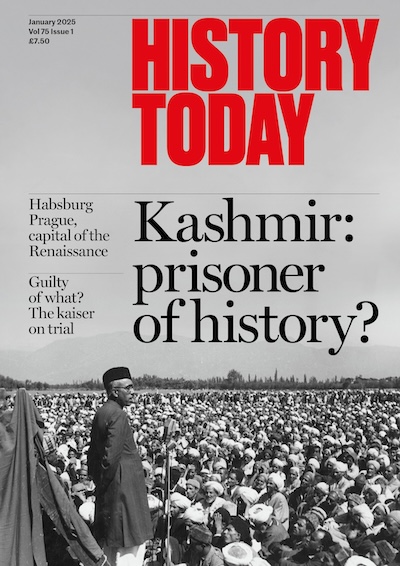Etruscan Life and Afterlife

The Etruscans are not as mysterious as they used to be. Thirty years ago this ancient Italian people were the subject of much popular interest, and hardly a week went by without the publication of a book or article on this or that aspect of the great Etruscan enigma. Their mysterious origin, their indecipherable language, their obsession with death and the afterlife: these were the familiar Etruscan puzzles. In recent times, however, this mystical image has faded. The Etruscans have been overtaken in the field of occult archaeology by the Holy Grail, the Turin Shroud, ley lines, pyramid-building astronauts and those old friends of every nutter, the Knights Templars. As far as I know the Etruscans have not been considered enough of a mystery to merit the attention of Arthur C. Clarke, and they have become far too ordinary for the likes of Velikovsky or von Daniken.
This process of demystification has arisen from the solid progress of scientific research during the past generation, or so Larissa Bonfante maintains in her introduction to Etruscan Life and Afterlife. The volume contains essays by different experts on aspects of modern Etruscan studies, and is designed to introduce the general reader to the current state of research. In my view it carries out this task extremely well. The book is attractively produced and superbly illustrated. Moreover, it undoubtedly succeeds in putting the Etruscans back into the mainstream of ancient history. The emergence of Etruscan civilisation in the eighth and seventh centuries BC is now seen not as an extraneous phenomenon to be explained by the arrival of the Etruscans from some exotic place, but as the result of a long process of cultural formation in Italy, Modern research has shown that the Etruscans were not unique or isolated; on the contrary, as J.M. Turfa shows, their civilisation was to a large extent the product of extensive contacts with other peoples of the Mediterranean in the so-called 'orientalising' period (seventh - sixth-centuries BC). Etruscan art, treated here by M.-F. Briguet, has to be understood as a creative reaction to oriental and particularly Greek influences. Etruscan history is defined by M. Torelli as a story of city-states dominated by aristocratic clans and their servile dependants; the decline of Etruria in the fifth and fourth centuries is not to be explained by some mysterious national death wish, but by the more prosaic realities of economic recession and social crisis.
That the Etruscans were a morbid bunch was always a nonsensical idea, arising from the simple fact that until recently most of the evidence came from the excavation of tombs. The past history of Etruscan studies, of which N.T. de Grummond gives a fascinating account, amounts to little more than the despoliation of the great cemeteries of Tarquinia, Cerveteri, Vulci, and the rest. More recently archaeologists have tried to redress the balance by investigating non-funerary sites, thereby giving new impetus to the study of town planning and domestic architecture – discussed here by F. Prayon. At the same time a more balanced and rational picture is emerging of Etruscan social life, religion and burial customs, as L. Bonfante shows in her own contribution; especially interesting are her remarks on the social position of women, who enjoyed relatively high status, although she rejects as wishful thinking the old idea that Etruscan society was matriarchal.
Nevertheless there are still many unresolved puzzles. The rather perfunctory chapter by F. Richardson on the Etruscan language at least makes it clear how little is actually known about this subject. The majority of Etruscan texts, especially the longer ones, are still frankly incomprehensible; our knowledge of the vocabulary is meagre in the extreme, and based largely on reasoned guesswork; and almost nothing is known about the grammatical structure of Etruscan. Finally, since it bears no relation to any other language, its presence in an area of central Italy that was neither backward nor remote is problematic to say the least. Like it or not, the Etruscan language remains a mystery from virtually every point of view. As long as it stays that way, Etruscan civilisation itself will remain its intriguing character, in spite of the efforts of archaeologists; we cannot hope to understand the Etruscans properly until we can make them speak to us in words we can understand.
Etruscan Life and Afterlife: A Handbook of Etruscan Studies
Edited by L. Bonfante - Aris and Phillips, 1986 – xxvii + 290pp - £28
T.J. Cornell is co-author of Atlas of the Roman World (Phaidon, 1982).




